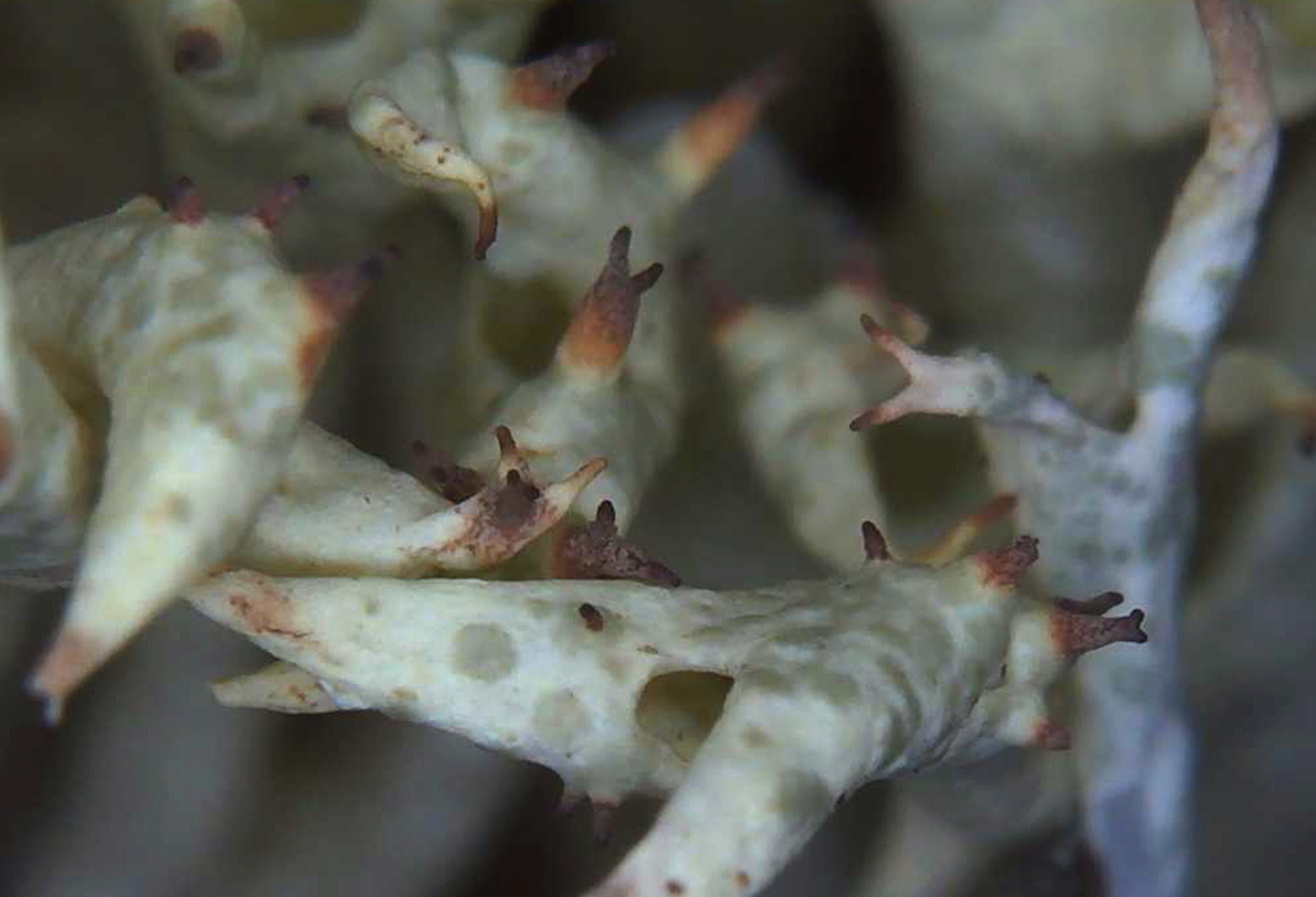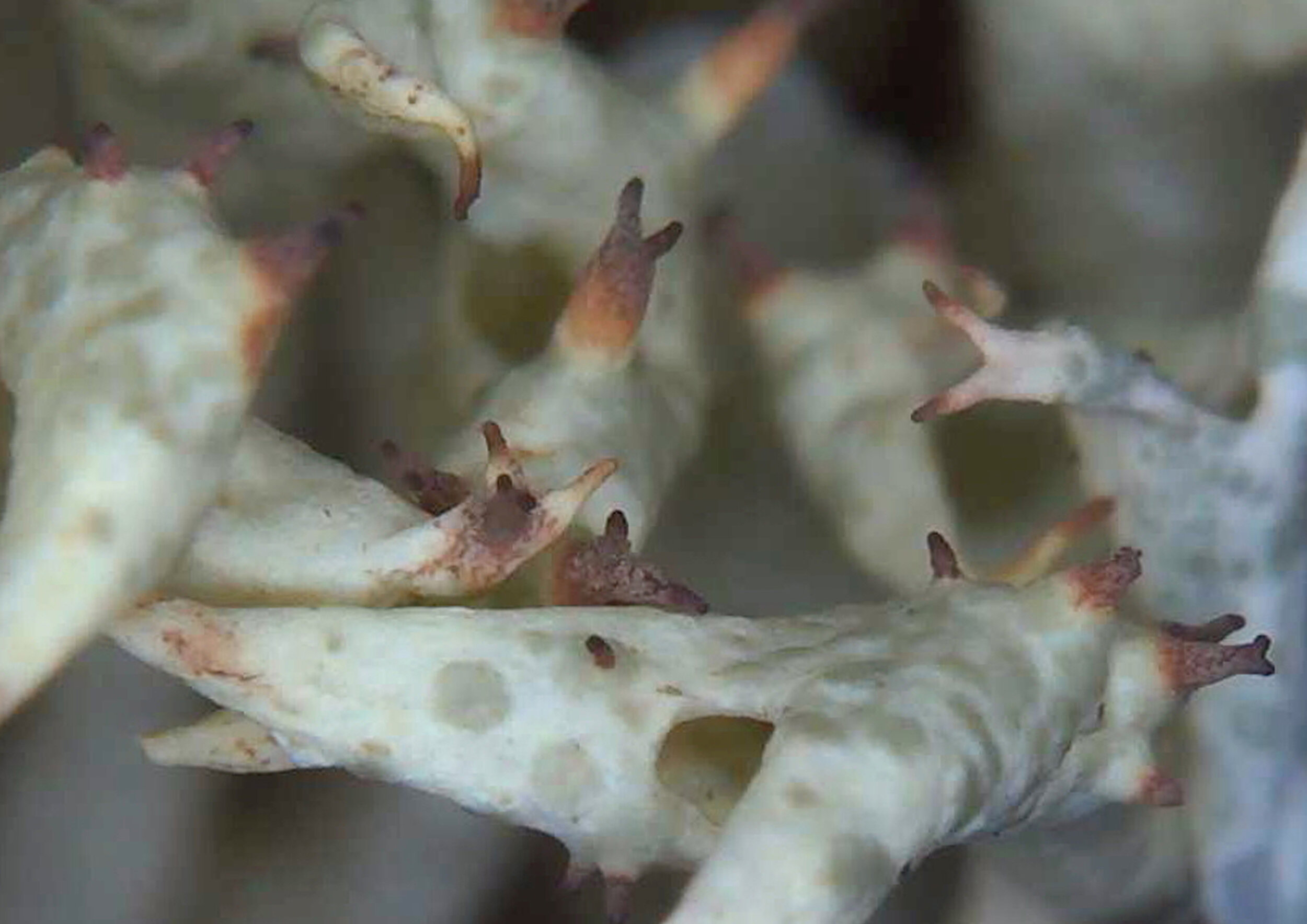
Imperceptible
UI/UX

For over three years, I have been researching the impact of artificial light at night and it’s impact on the more-than-human, and with it, the definition of ‘nighttime’ and ‘natural.’ I use my practice to try to help people think beyond their diurnal bias and ‘see’ a physical space as it would look to organisms more sensitive to light. This drives my passion for studying and revealing the issues that impact these more-than-human forms of sensing.
Lichens are one such organism. In locations around the Arctic Circle, many species thrive in careful balance with what would be commonly seen by the human as minimal interaction, though the measure of this interaction is determined by and for the human. The relationship of artic reindeer, photon and a lichen’s physical situation draw attention - a path of interaction - to the way a photon can be slowed down through matter with which it embodies and enmeshes. But what is unique about light in this process, in this material trace? The light is scattered through the atmosphere, absorbed by the lichen and then re-emitted as fluorescence (under excitation). What the reindeer is able to distinguish is the absorbance. The photon and its relationship to the snow and numerous lichen, offers a standard story of the three ‘biological’ processes of light, but what else can it tell us about ecological light pollution that pervades this interaction and others in both rural and urban spaces?
Thank you to A-N 2020 artist busaries and Arts Council England for granting funding to support my learning and production capabilities in VR and immersive experience to continue to develop this work in 2020/2021.
Thanks to Travis Longcore, Chris Kyba, Andy Jechow and Sönke Johnsen for their input and encouragement.
Image: Cladonia Rangiformis, harvested in Thetford Forest, East Anglia, March 2019.